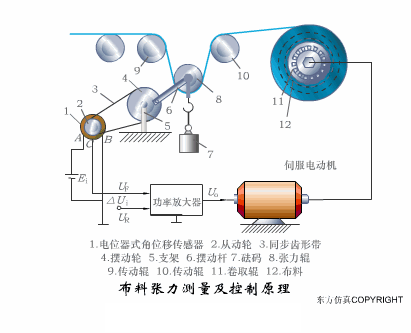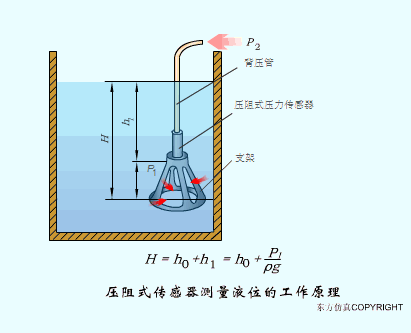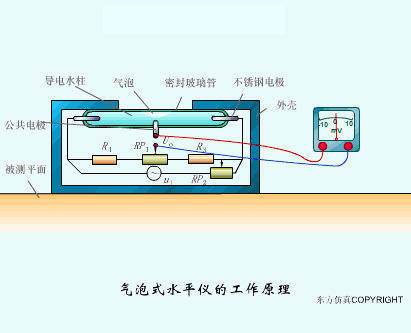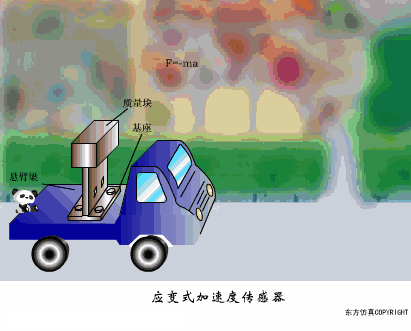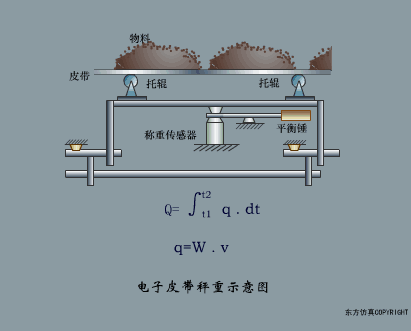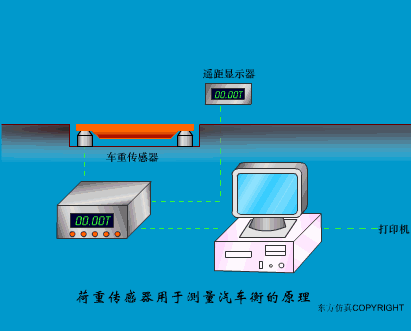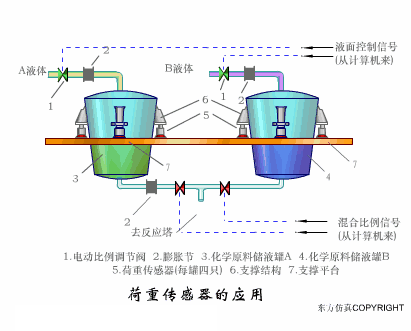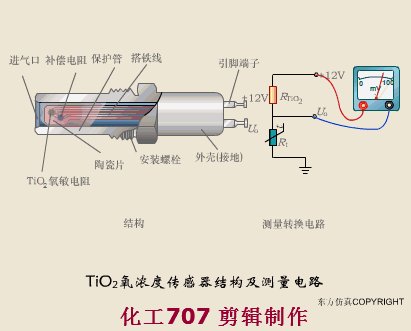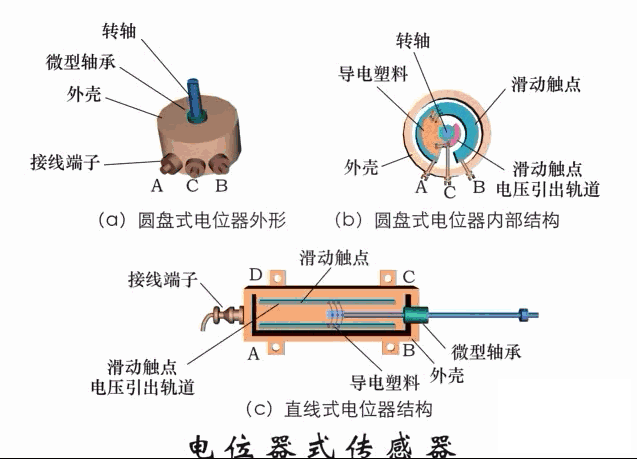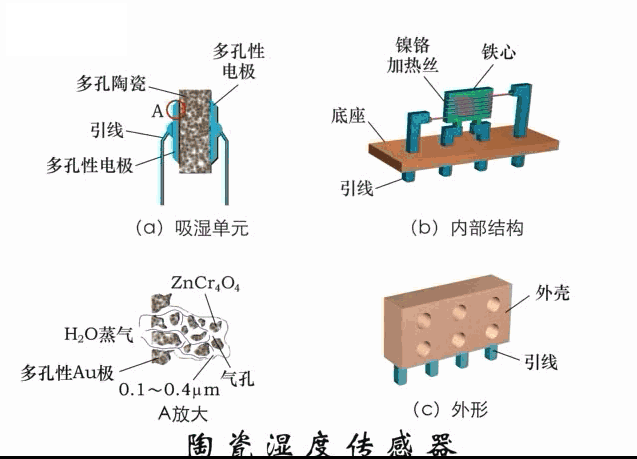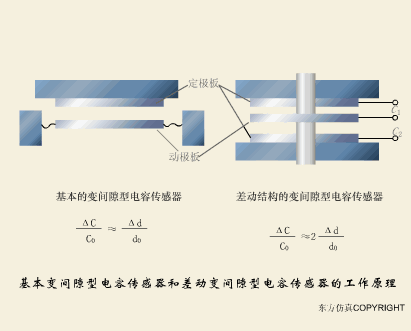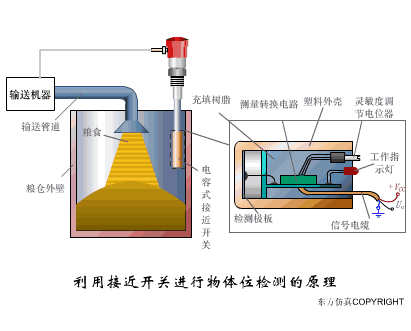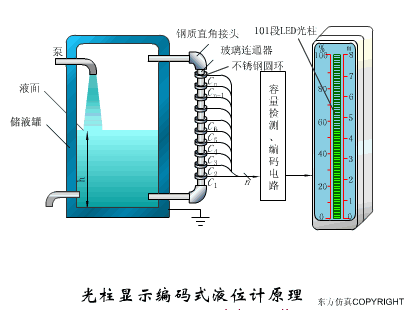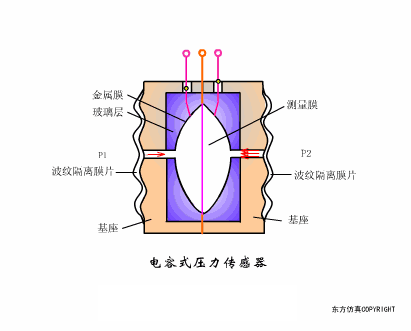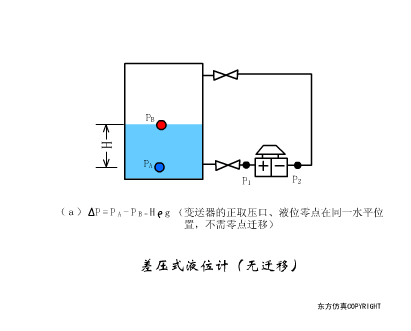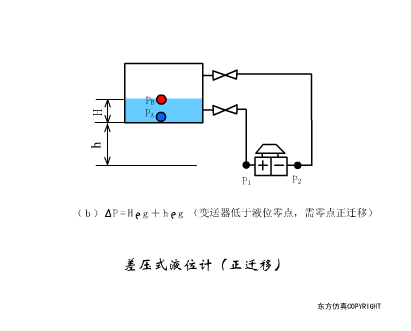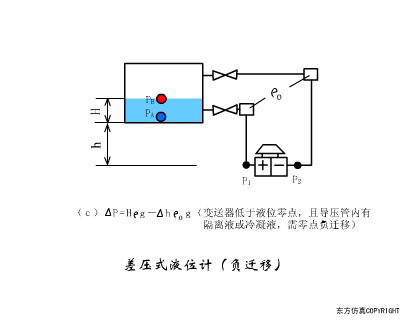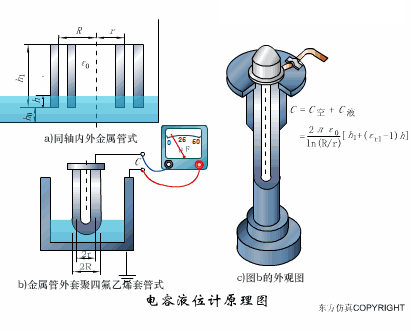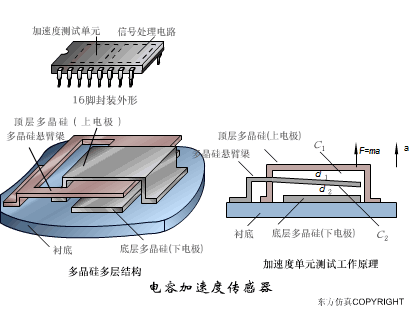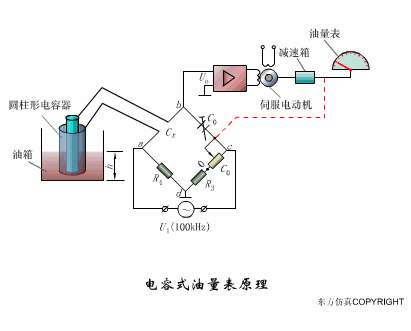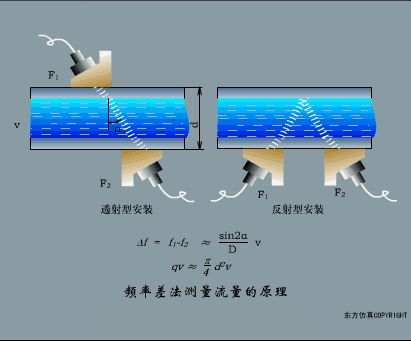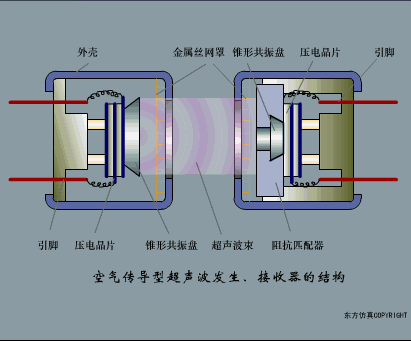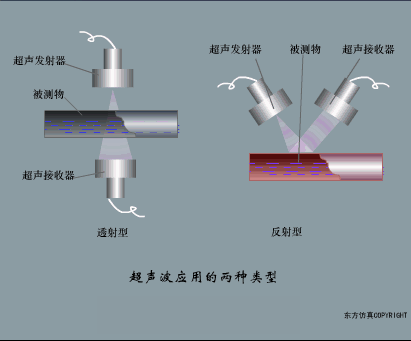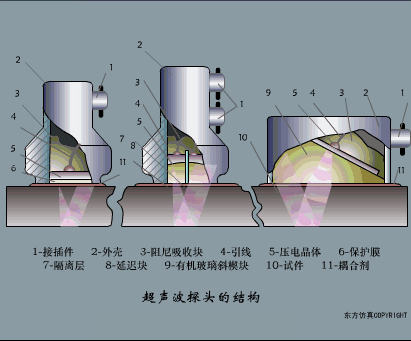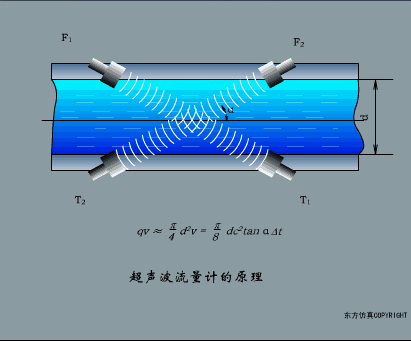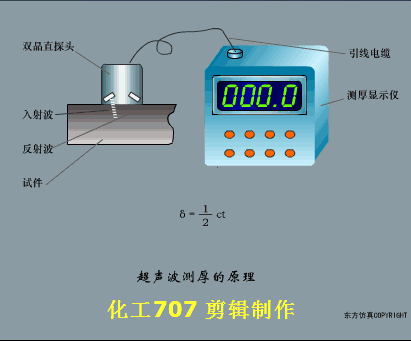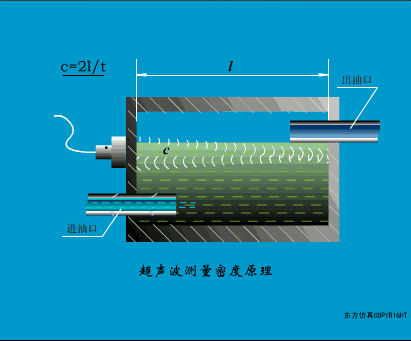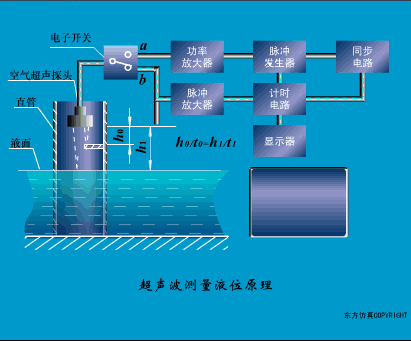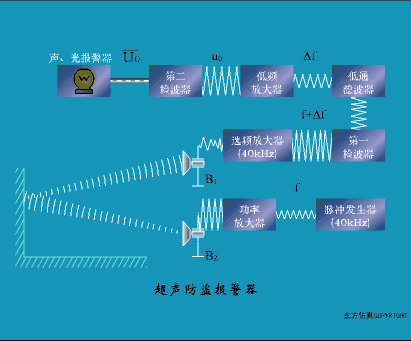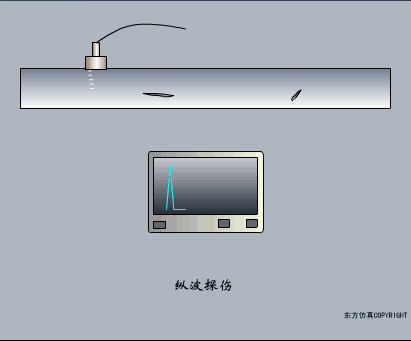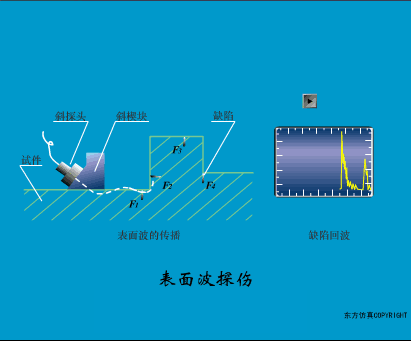
A sensor (English name: transducer/sensor) is a detection device that can sense the information being measured and can convert the sensed information into electrical signals or other desired forms of information output according to certain rules, to meet the requirements of information transmission, processing, storage, display, recording, and control.
The characteristics of sensors include: miniaturization, digitization, intelligence, multifunctionality, systematization, and networking. It is a primary link in achieving automatic detection and automatic control. The existence and development of sensors give objects tactile, taste, and olfactory senses, making them gradually come to life. Typically, they are divided into ten categories based on their basic sensing functions: thermal sensitive elements, light sensitive elements, gas sensitive elements, force sensitive elements, magnetic sensitive elements, humidity sensitive elements, sound sensitive elements, radiation sensitive elements, color sensitive elements, and taste sensitive elements.
Today, I have found 40 animated images for everyone, which can help you understand the working principles of various sensors:
1. Fabric Tension Measurement and Control Principle
↓↓↓
2. Linear Potentiometer Control of Cylinder Piston Stroke
↓↓↓
3. Working Principle of Piezoresistive Sensor for Liquid Level Measurement
↓↓↓
4. MQN Type Gas Sensitive Resistor Structure and Measurement Circuit
↓↓↓
5. Working Principle of Bubble Level
↓↓↓
6. Diffused Silicon Pressure Sensor
↓↓↓
7. Strain Acceleration Sensor
↓↓↓
8. Weighing Level Gauge
↓↓↓
9. Electronic Belt Scale Weight Diagram
↓↓↓
10. Electronic Crane Scale
↓↓↓
11. Load Sensor for Measuring Truck Scale Principles
↓↓↓
12. Applications of Load Sensors
↓↓↓
13. TiO2 Oxygen Concentration Sensor Structure and Measurement Circuit
↓↓↓
14. Potentiometer Type Sensor
↓↓↓
15. Ceramic Humidity Sensor
↓↓↓
16. Porous Alumina Humidity Capacitor Principle
↓↓↓
17. Basic Variable Gap Capacitive Sensorand
Working Principle of Differential Variable Gap Capacitive Sensor
↓↓↓
18. Working Principle of Variable Area Capacitive Sensor
↓↓↓
19. Principle of Object Position Detection Using Proximity Switch
↓↓↓
20. Principle of Column Display Encoded Liquid Level Gauge
↓↓↓
21. Capacitive Pressure Sensor
↓↓↓
22. Differential Pressure Level Gauge a
↓↓↓
23. Differential Pressure Level Gauge b
↓↓↓
24. Differential Pressure Level Gauge c
↓↓↓
25. Capacitive Level Gauge Schematic
↓↓↓
26. Capacitive Thickness Gauge
↓↓↓
27. Capacitive Acceleration Sensor
↓↓↓
28. Capacitive Fuel Gauge Principle
↓↓↓
29. Principle of Flow Measurement Using Frequency Difference Method
↓↓↓
30. Structure of Air-Conducting Ultrasonic Transmitter and Receiver
↓↓↓
31. Two Types of Ultrasonic Applications
↓↓↓
32. Structure of Ultrasonic Probe
↓↓↓
33. Principle of Ultrasonic Flowmeter
↓↓↓
34. Principle of Ultrasonic Thickness Measurement
↓↓↓
35. Principle of Ultrasonic Density Measurement
↓↓↓
36. Principle of Ultrasonic Level Measurement
↓↓↓
37. Ultrasonic Anti-Theft Alarm
↓↓↓
38. Longitudinal Wave Testing
↓↓↓
39. Transverse Wave Testing
↓↓↓
40. Surface Wave Testing
↓↓↓
Source: General Machinery
After seeing so much knowledge, do you want to systematically learn about sensor knowledge? I recommend a good book – “Sensors and Detection Technology”.

Click the image to purchase
Features of this book:
This book is based on practical engineering projects as a carrier, using task-driven teaching. At the same time, it emphasizes the comprehensive application and design of sensors.
1. Written using the teaching approach of practical engineering projects, each project is a specific task that has been verified through practical engineering use.
2. In each project, the application of sensors is the main line, designing specific application circuits; each sensor’s application circuit is placed at the front, highlighting the application circuit of the sensor.
3. The tasks in industrial production are the main line, with necessary knowledge points woven into the completion of the tasks.
4. During the writing process, emphasis is placed on simplifying theoretical content, reducing theoretical derivation of formulas, and theoretical analysis of processing circuits.
5. The book contains many images taken from actual sites, enhancing practicality and intuitive effects.


